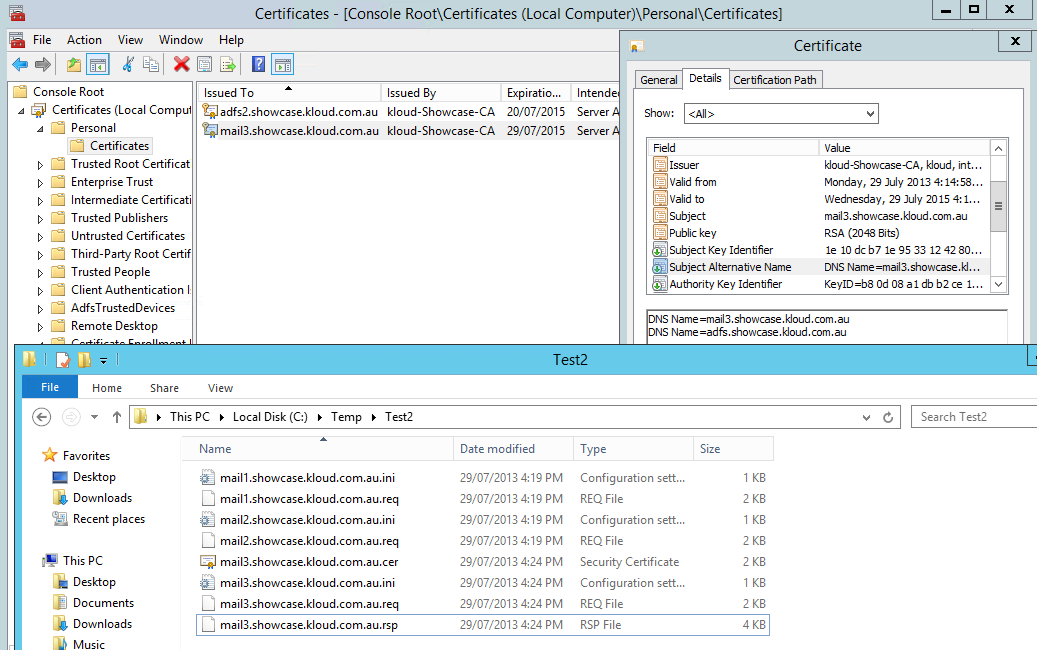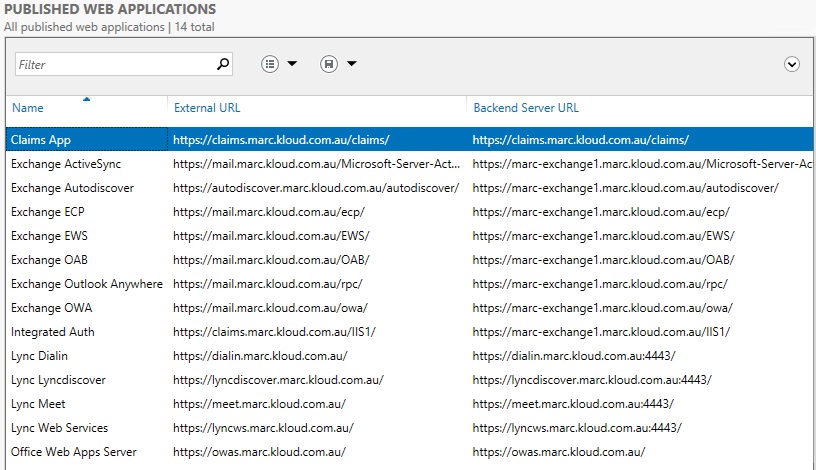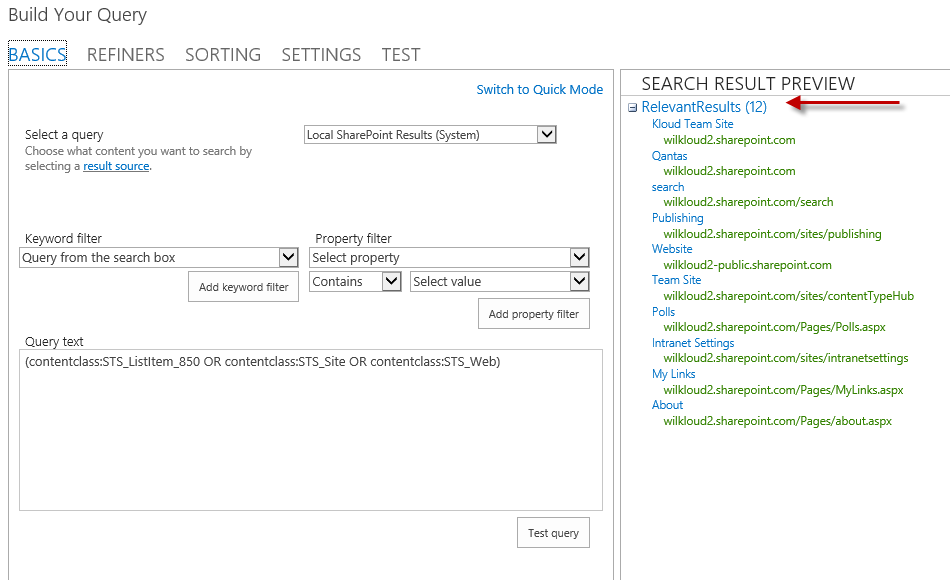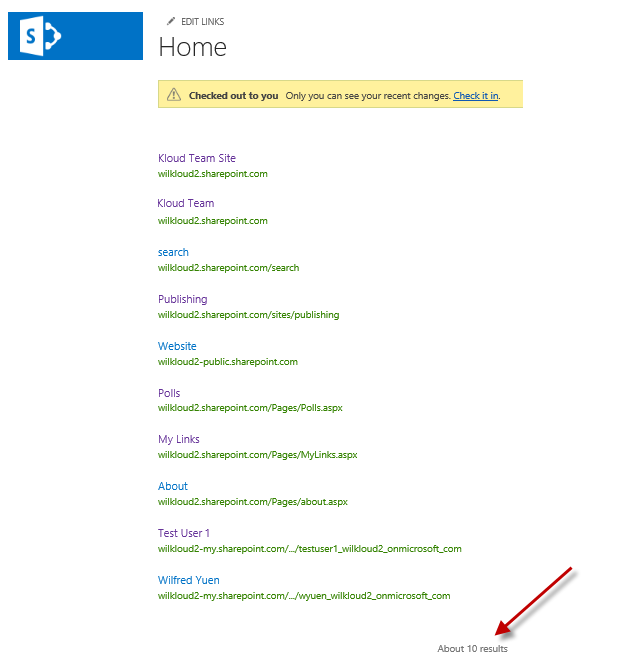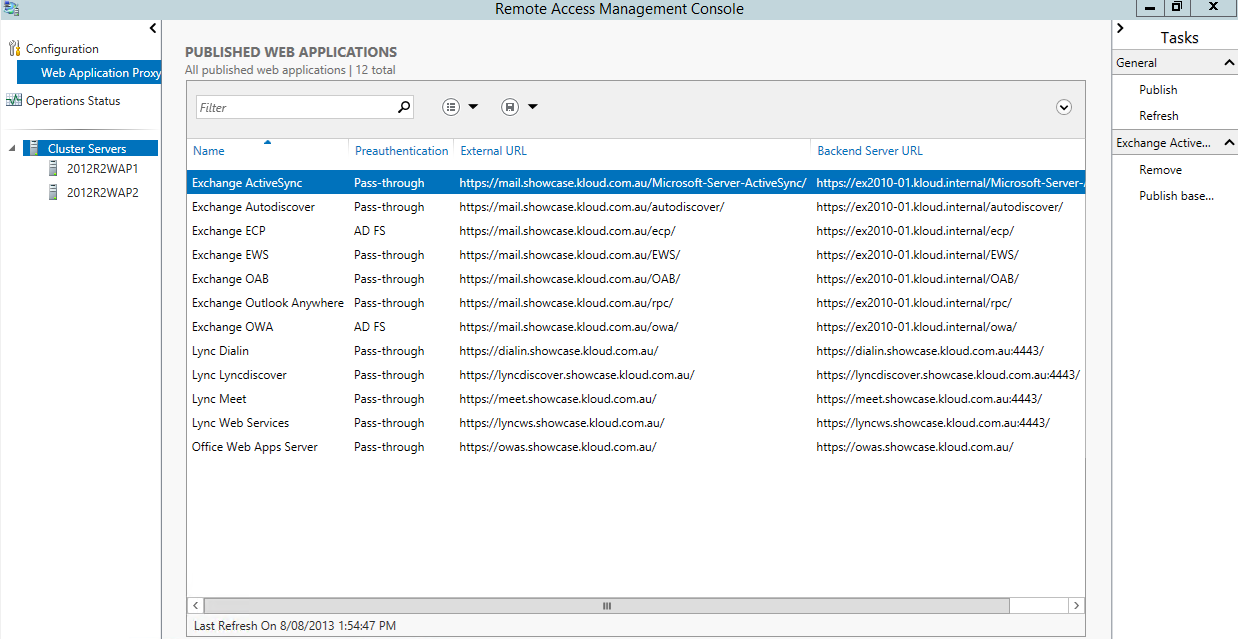
PowerShell Deployment of Web Application Proxy and ADFS in Under 10 Minutes
===========================================================================
Updated 10 September 2013: tested with Windows 2012 R2 RTM and the script functions as in R2 Preview. Outlook Anywhere bug in the Preview code has been fixed and Outlook now works with RTM. Updated the script to correct Autodiscover ExternalURL
===========================================================================
In this post I will be discussing deploying a highly available Windows 2012 R2 Preview ADFS and Web Application Proxy solution using only PowerShell. This was done as a proof of concept to compare the time taken as well as complexity to build and configure a Reverse Proxy solution to replace a UAG 2010 array.… [Keep reading] “PowerShell Deployment of Web Application Proxy and ADFS in Under 10 Minutes”

